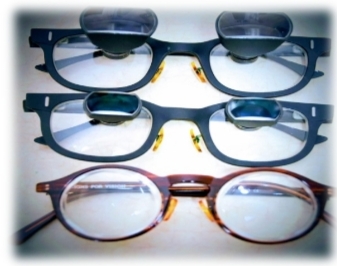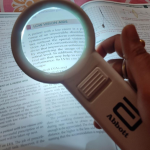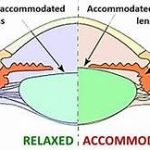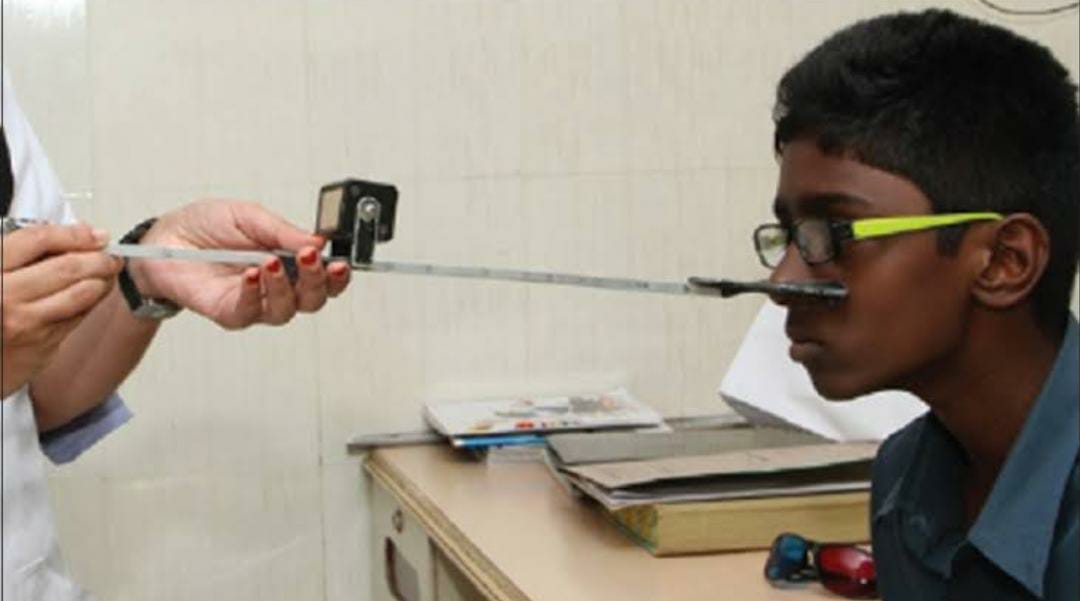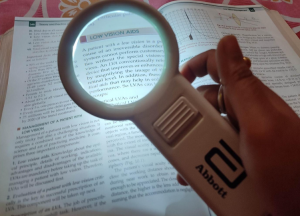Low vision aids are mainly used this people who are unable to see and low vision devices are mainly used to magnify .All low vision devices are computed this formula , M=D/4, here M= magnification , D = dioptric power . This formula assumped that the unaided eye the patient can sustain just enough accommodation to hold the matter at 25 cm . For spectacles and magnifiers this formula can be written M=D+A/2.5 , where A is the amplitude of accommodation .
Magnification of low vision devices :- low vision devices make use of 4 type of magnifications . They are relative size, relative distance , angular and electro optical .
Relative size :- Relative size means enlargement of the size of the object ,it does not use an optical system. It is normally used to bigger the object
Relative distance magnification :-
Relative distance magnification achieved by moving the object of regard towards a person to subtend a larger image on the retina .
Angular magnification :-
Angular magnification achieved by the apparent change of size of the object compared with the true size of the object.
Electro – optical magnification :-
Electro optical magnification is produced by electronic systems which enlarge the objects by using computer .
Hand magnifiers optics :- Mainly optics of hand magnifiers are difference between front vertex power (fv) , back vertex power ( bv) and equivalent power of the hand magnifier (fm)
With a plano convex hand magnifier fc is closest to the front vertex power fv but back vertex power is greater
In a bi-convex lens of equal surface powers , front vertex power and back vertex power are equal but power of the hand magnifier is slightly less because the principle planes are inside the lens .
Fe = Fm+Fa-z.FmFa
Where Fe is the equivalent power of the system , Fm is the equivalent power of the hand magnifiers , Fa is the power of accommodation and Z is the eye to hand magnifiers distance ,
When Fe = Fm
If the eye magnifier separation is exactly the same as the focal length , z is equal to fm ,
Fe= Fm+Fa – z.FmFa,
Thus , Fe = Fm+Fa – fm.Fm Fa
fm .Fm =1
Fe= Fm+ Fa-Fa
So , Fc = Fm
When Fe> Fm
z
Fe=Fm+Fa-z.FmFa,
z.FmFa=>Fa
Fe
